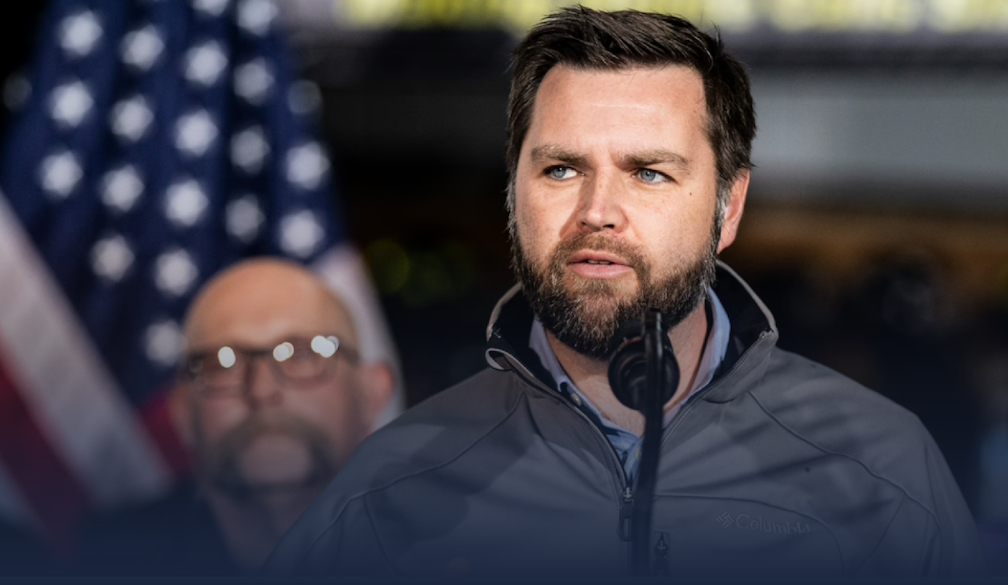The US presidential election is too close to call. Don’t blame the polls
- Written by Samuel Garrett, Research Associate, United States Studies Centre, University of Sydney

With just hours remaining until election day in the United States, pundits and the public alike are scouring public opinion polls for early signs of a result.
We’ve had months of campaigning and hundreds[1] of polls. Yet, there are still few conclusive takeaways other than the dissatisfying catchphrase of election analysts the world over this year: “it’s too close to call”.
So, why is this happening? And what are we to make of the polls?
Polling isn’t predictive
Both campaigns have at different times touted favourable – and conflicting – polling numbers. The trouble is no one seems to know which polls to believe.
On Sunday, a new Des Moines Register poll[2] headed by respected pollster[3] Ann Selzer showed Kamala Harris with a surprise three-point lead over Donald Trump in Iowa, providing an unexpected boost to Harris’ anxious campaign.
Within hours, a “confidential” Trump campaign memo dismissed[4] Selzer’s numbers. Trump himself tweeted[5] favourable polling from AtlasIntel that shows him leading in all seven swing states.
In recent cycles, despite misses in some key states – particularly in Wisconsin in 2016[6] and 2020[7] – averages of polling have tended to be relatively accurate[8] estimations of public opinion.
However, there is little that can be gleaned from current swing state margins that are all within the margin of error, other than what we already know: Americans are deeply divided over their choices.
Part of the reason why is that polls are not predictive. They are a measure of popular sentiment at the time of the poll, from which educated guesses can be made about who may win a future election.
But margins of error (which are significantly higher[9] than generally understood), combined with regularly razor-thin final vote tallies in key states and the winner-takes-all nature of the electoral college, limits their ability to predict electoral winners.
The size and direction of polling errors are unpredictable[10], particularly because they are often not uniform across the country, and historically don’t favour one party more than another.
Small misses have outsized impacts
Methodologically, accurate election polling is made more difficult in the United States because of high non-response rates and non-compulsory voting (which requires weighting responses based on predicted likely voters).
Errors in these assumptions were key to polling errors in 2016 and 2020.
Polls in 2016 famously underestimated Trump’s support by failing[11] to control for education in their samples.
This meant they missed his support among white, non-college educated voters[12] who helped propel him to victory in the Midwest.
But while 2016 is remembered as a catastrophic failure of opinion polling for apparently failing to predict a Trump victory, polling averages heading into election day were, in fact, broadly accurate.
National polls were among the most accurate[13] in 80 years, overstating Clinton’s popular vote margin only by about one percentage point.
Across the ten closest states in the 2016 election, Trump was underestimated on average by just 1.4%.
Misses in a handful of key states such as Wisconsin[14], while significant, had an outsized impact on the final result.
The margins were such that a difference of just a few points of polling error were enough to flip so-called blue wall states and deliver what most analysts had considered to be an unthinkable victory for Trump.
Nevertheless, it was the polls – rather than analytical mistakes and poor media reporting – which copped the blame for failing to convey that the unthinkable was in fact quite probable, despite the margins of error making clear that there was a strong statistical likelihood of a different result.
Polls were much wider off the mark in 2020 but avoided the same level of public scrutiny given they correctly (if narrowly) “predicted” a Biden victory.
Have pollsters fixed past flaws?
Based on polling averages[16] in 2024, a uniform error in Trump’s favour of less than 0.8% across the seven key swing states could deliver him a comfortable 312–226 electoral college victory.
Equally, a uniform shift of less than three percentage points in Harris’ favour could deliver an equally lopsided 319–219 win for the Democrats.
The critical question is whether pollsters have done enough to amend the flawed methodologies that underestimated Trump’s support in 2016 and 2020.
Changes in some polls include[17] an increase in hybrid sampling methods (mixing both phone calls and online interviews) and weighting on past votes.
But such methods could be overcompensating[18] for past mistakes and now underestimating[19] Harris’ support by failing to sample them properly.
Until the votes are counted and the winner declared, there is no sure way of knowing.
Polls can’t do everything
Polling remains remarkably accurate, given that it is an attempt to divine the views of hundreds of millions of people. But it is a mistake to believe polling is predictive or determinative.
The vagaries of polling – and, most of all, the vagaries of the US electoral system – mean there is little point attempting to read the tea leaves beyond the broad public sentiment that polling captures.
On these numbers, the result could indeed come down to a handful of votes, or instead see a lopsided electoral college victory.
Either way, don’t blame the polls.
References
- ^ hundreds (abcnews.go.com)
- ^ poll (www.abc.net.au)
- ^ respected pollster (fivethirtyeight.com)
- ^ dismissed (cdn.nucleusfiles.com)
- ^ tweeted (x.com)
- ^ 2016 (www.realclearpolling.com)
- ^ 2020 (www.realclearpolling.com)
- ^ relatively accurate (www.nytimes.com)
- ^ significantly higher (www.nytimes.com)
- ^ unpredictable (www.nytimes.com)
- ^ failing (aapor.org)
- ^ white, non-college educated voters (aapor.org)
- ^ among the most accurate (aapor.org)
- ^ Wisconsin (www.realclearpolling.com)
- ^ EPA/JIM LO SCALZO (photos.aap.com.au)
- ^ averages (www.realclearpolling.com)
- ^ include (thehill.com)
- ^ overcompensating (www.politico.com)
- ^ underestimating (www.politico.com)

















